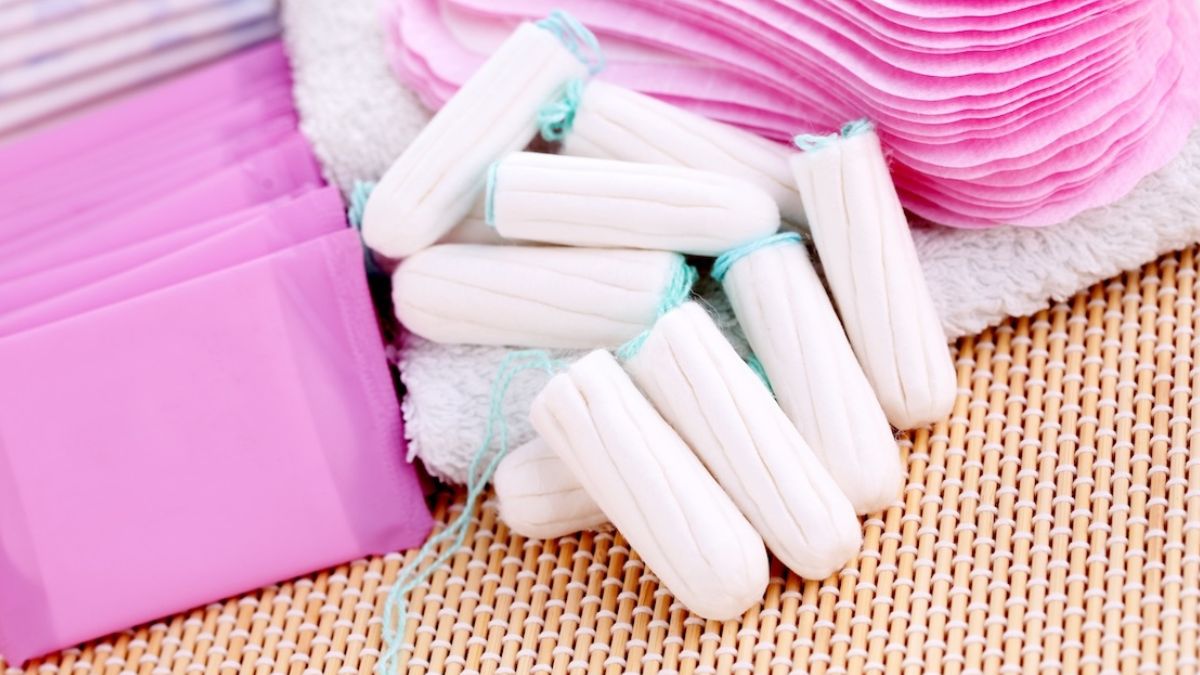Menstruation is that delightful monthly visitor that blesses those of us with ovaries. As if the cramps, bloating, mood swings, and general ickiness weren’t enough, now people have to worry about what exactly they’re using internally to staunch the crimson tide.
You’d think that in this modern age of technological marvels, we’d have figured out how to make a simple tampon without any nasty surprises. But apparently that’s asking too much. A recent study published in Environmental International reveals that many popular tampon brands contain concerning levels of various metals. Fantastic. Just what we needed – a little something extra to make our periods that much more special.
The study, being the first of its kind, analyzed 16 metals in total, including some that sound like they belong in a chemistry lab. Lead, the element we go to great lengths to avoid in our paint, plumbing, and drinking water, was present in every single sample. Barium, cobalt, manganese, nickel, selenium, strontium, and zinc were all found in varying levels across the samples.
Even trace amounts of toxic metals can have serious health consequences. Arsenic, for instance, is famously not great for you (understatement of the year), potentially leading to skin lesions, cardiovascular diseases, and neurotoxicity. Lead? Even less fun, with risks including neurological impairments and, over time, potentially severe damage to the nervous system. And of course, these metals are all leaching into the most absorbent part of the female body for hours at a time, several days a month, for decades on end. What could possibly go wrong?
Of course, there are still many unknowns here
The researchers didn’t reveal which specific tampon brands contained the highest levels of metals, so we can’t exactly vote with our wallets. While the study frustratingly kept mum on the specific tampon brands tested, likely to avoid a legal brouhaha, it’s hard not to speculate about the big names in the biz. Tampax, Kotex, Playtex – I’m looking at you. These tampon tycoons control around 85% of the U.S. market.
Then there are the “green” tampon brands that have sprouted up in recent years, promising organic cotton and eco-friendly packaging. Brands like Seventh Generation, Natracare, and Cora have capitalized on growing consumer demand for more natural menstrual products. But just because a tampon is packaged in earthy tones and festooned with leaves doesn’t necessarily mean it’s free of concerning chemicals. Greenwashing is a real phenomenon, folks.
Even store-brand tampons aren’t above suspicion. Many major retailers, from Walmart to Walgreens, sell their own generic versions of popular tampon brands. These products are often manufactured by third-party companies and simply packaged under the store’s branding. Who’s to say what corners might be cut in the production process to keep costs down? At the same time, it’s entirely possible that the worst offenders are smaller, lesser-known brands that don’t have the same quality control resources as the big players.
In the interim, if you’re concerned about tampon safety, consider investing in a medical-grade silicone menstrual cup from a reputable supplier – just be sure to replace it regularly, and sanitize it between uses. Period panties are another trendy option, but the jury’s still out on their safety and efficacy.
In all seriousness though, this study raises major red flags about the safety and regulation of feminine hygiene products. How have these metals been ending up in our tampons? What are the long-term health ramifications for women? And why has it taken this long for anyone to even think to test what we are putting into our most sensitive orifices? These are urgent questions that demand answers. We need further research and we need it fast. Women deserve better than gambling with their health every month.











Published: Jul 10, 2024 02:11 pm